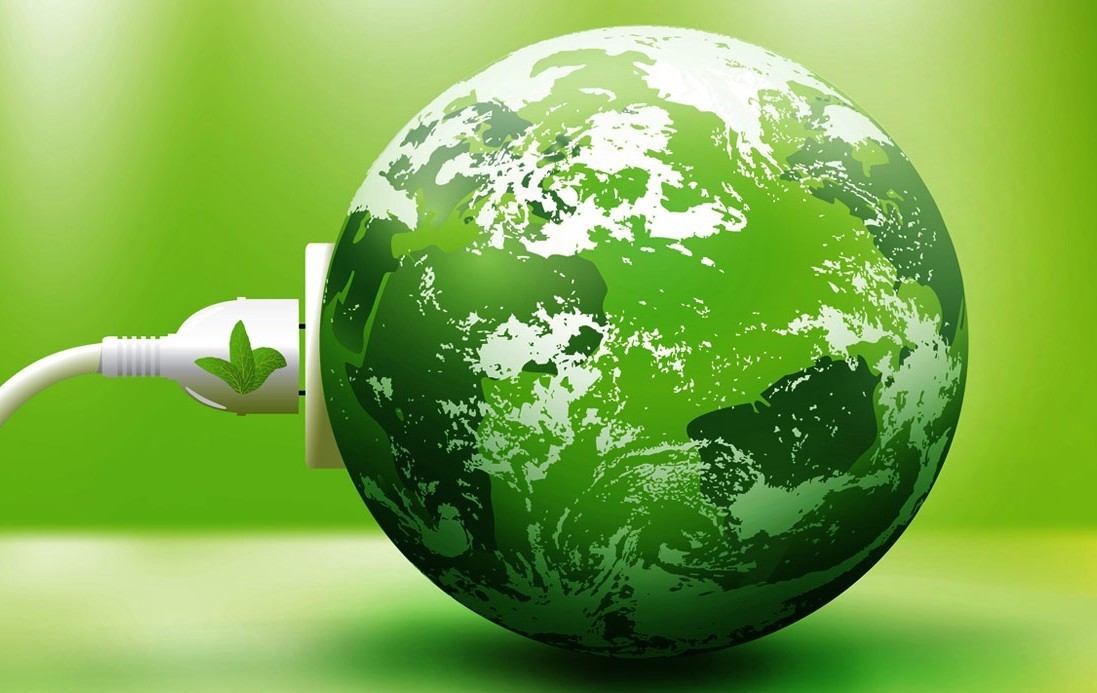- Phone Number: +90 312 387 00 40
- Email : [email protected]

Green Energy
Years of research and development in the field of green energy have begun to yield results. As a result of these researches, renewable energy sources that can reduce our dependence on coal, oil and natural gas can be produced. Everything about green energy, which produces pollutants such as greenhouse gases and has a much smaller negative impact on the environment than fossil fuels that cause climate change, is in our news.
WHAT IS GREEN ENERGY?
Green energy means renewable energy. This energy is so named because it is produced naturally. The most prominent feature of this energy, which is produced by utilizing natural processes, is that it renews itself faster than the use of energy.
WHAT ARE GREEN ENERGY SOURCES?
SOLAR ENERGY
Solar energy, the most common type of renewable energy, is produced using photovoltaic cells that capture sunlight and turn it into electricity. Solar energy is also used to heat buildings and water, provide natural lighting, and cook food. Solar technologies have become cheap enough to power everything from small handsets to entire neighborhoods.
WIND POWER
Airflow at the Earth's surface can be used to propel stronger winds and turbines that produce more energy. High altitude areas and offshore areas only tend to provide the best conditions for catching the strongest winds. According to a study conducted in 2009, a network of 2.5 megawatts wind turbines operating at only 20% capacity in rural areas can provide 40 times the current energy consumption in the world.
HYDROELECTRIC
Hydropower, also called hydroelectric power, is generated by the earth's water cycle, including evaporation, precipitation, tides, and the power of water passing through a dam. Hydropower depends on high precipitation levels to generate significant amounts of energy.
GEOTHERMAL ENERGY
Just below the earth's crust, both the original formation of the planet and the radioactive decay of minerals were exploited, and now it is used to generate electricity in addition to this function.
Geothermal energy in the form of hot springs has been used by humans for thousands of years for bathing and is now used to generate electricity. In North America alone, there is enough energy stored underground to generate 10 times as much electricity as coal currently does.
BIOMASS
Recently living natural materials such as wood waste, sawdust and combustible agricultural waste can be converted into energy with far fewer greenhouse gas emissions than petroleum-based fuel sources. Because these materials, known as biomass, contain stored energy from the sun.
BIOFUELS
Instead of burning biomass to produce energy, sometimes these renewable organic materials are turned into fuel. Notable examples include ethanol and biodiesel. Biofuels provided 2.7% of the world's fuels for road transport in 2010 and have the potential to meet more than 25% of the world's demand for transport fuels by 2050.
Therefore, the wastes of plant-based production can also be used to produce energy. Our ecological resources are also directly related to energy production. It seems that the coming years will be the golden years of ecologically sourced, chimney-free, natural production. Man will bring civilization and nature together and return to his essence.
I have no special talents. I am only passionately curious.






